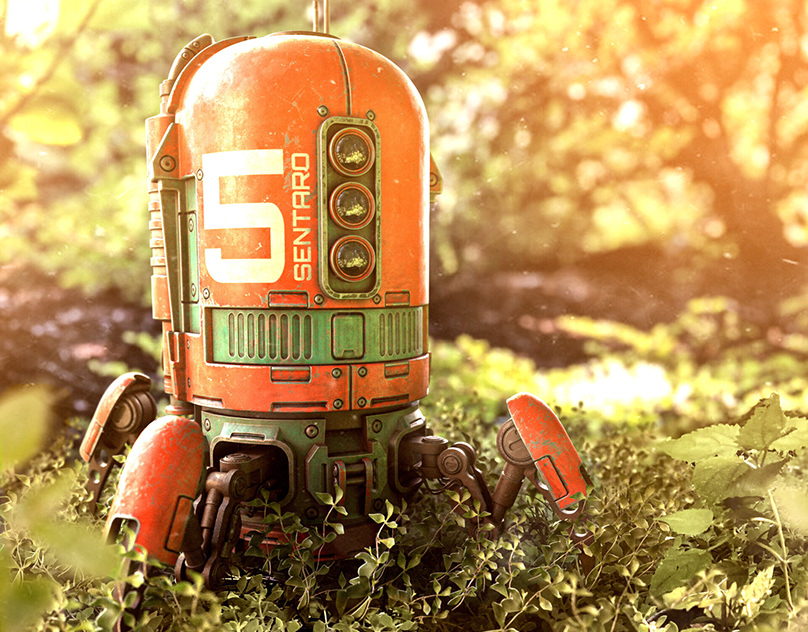Designing a Book Cover



The brief for this project was to create a more refined and polished version of an existing work and apply it to a physical product. I had previously created visual artwork by scanning everyday objects and manipulating the resulting images in Photoshop and I thought that these pieces could be repurposed for book cover artwork.
Process
I began by sketching designs on paper, listing ideas and concepts and evaluating which traits made for a successful book cover.















I generated the original base artwork by scanning objects like dried beans, metal tie-wires, dry pasta, string, cloth, towels and coloured paper to develop an experimental selection of textures and forms.
Safety: Do not observe the light from a scanner directly.


Before and after colourisation and layering.
This scan of an assortment of dried beans and tic-tacs turned into a hyper-colour pattern resembling microbes or cells photographed under a microscope. I used a Hue/Saturation adjustment in Photoshop to colourise the image and then layered another copy over the top with a Layer Blend Mode to suggest depth. I was inspired by science communication and microscopic photography.



I decided to create a 'new' book instead of re-designing an existing cover artwork. Books are not typically reverse-engineered from a cover design, so I tried to marry the overall feeling of my book concept with the existing artwork as closely as possible, so that the cover would still suggest the themes and style of the 'story'. I came up with a concept for a book called Fluid State by a fictional writer named Paula Boson, and designed a mock graphic for her publisher. I used Illustrator to typeset the book title, author name, blurb and reviews. I also included a placeholder barcode as the product is intended for sale and requires some practical considerations to be ready for market.

I wanted the artwork to sprawl across the front and back covers, meaning the spine artwork would need to act as a link between the two designs. I achieved this by mirroring the artwork for the back cover and masking out an area for the blurb text. I then added individual 'bean' elements on the spine panel to blend the covers together and hide the hard lines which indicate the edge of the artwork.

I then placed the finished flat artwork onto a 3D model of a hardcover book using Adobe Dimension. I created a scene with a coloured backdrop and added lighting effects to generate a photorealistic visualisation of the book. I conceived this piece as potential marketing material for the book.
So much of the design process is about communicating the essence or feeling of a story, and making a cover for a 'concept' book doesn't allow for creative interpretation and communication of a well crafted story. Now that I have an idea of the required workflow for designing a book cover, I'd like to repeat the process with a real book.
This video documents the technical process of making the book cover, and details some of the concept for the book itself. To see more of my work please visit my portfolio.
Resources


To research book cover design I watched an AdobeMAX presentation called Uncovering the Mystery of Book Cover Design with Astred Hicks, Vice President of the Australian Book Designers Association (ABDA) and freelance book designer at Design Cherry and Mark Campbell, Head of Design at HarperCollins. This helped to demystify the process around designing artwork to suit an author's story. It also demonstrated the process of critical design by seeking feedback and developing multiple iterations or variations on a single cover.
Reflection
This work directly speaks to my interest and passion for publishing and book design. I have always enjoyed designing for print and I hope this piece will demonstrate that I have a working knowledge of publishing expectations and conventions.
My idea evolved from being a simple one-page front cover, to an entire book jacket including rear and spine artwork. My concept now better resembles a professional product that is ready for market. The overall design of the cover remained largely unchanged throughout the design process, the scope of the design however increased to include blurb copy, reviews and artwork that wraps from front to back. I think my style is apparent in the non-traditional materials used, such as scanning an assortment of dried beans. I like to think that this organic quality in my design speaks to my experimental approach to generating visual artwork. My work usually tends to borrow from, or reference, scientific and biological imagery, and this piece is a prime example of natural forms leading my design.
References
RMIT VE - Using 3D with Adobe Dimension, Anna Nakao & Michael Stoddart, 30/09/20,
Uncovering the Mystery of Book Cover Design, Astred Hicks & Mark Campbell with AdobeMAX, accessed 21/10/20, https://www.adobe.com/max/2020/sessions/uncovering-the-mystery-of-book-cover-design-s7004.html
Mixam digital printing quote – Hardcover Books, accessed 22/11/20, https://mixam.com.au/books






